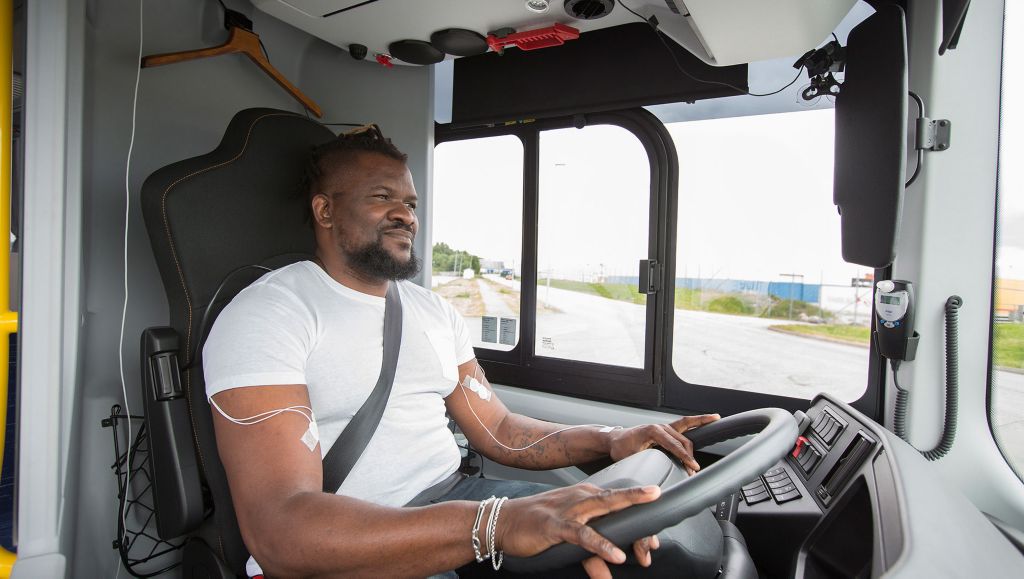Sustainable transport solutions, energy efficiency, safety and working environment


For the first time ever Volvo Buses will be revealing its entire range of electrified city buses to a wide audience. The product range includes hybrids, electric hybrids and all-electric buses. With their quiet operation, low energy consumption and little or no emissions, electrified vehicles create new opportunities to transition to sustainable public transport. In order to make it easier for cities and operators to make the switch, Volvo offers fully comprehensive solutions encompassing vehicles, service and charging infrastructure, whereby the operator leases both the buses and their batteries.
Energy efficiency in focus
Even with its long-distance buses, Volvo is focusing firmly on energy efficiency and the environment. Among the new features is Dynamic Chassis Lowering, a system that automatically lowers the bus’s chassis at speeds above 80 km/h to reduce air drag and thus cut fuel consumption.
At the same time, Volvo’s I-Shift transmission is being unveiled in a new version with smoother and faster gear changing, lower internal power losses and higher energy efficiency. I-Shift is now being combined with a new oil pre-heater, intended primarily for markets with cold winters. The pre-heater ensures that the gearbox oil is always at the right temperature, resulting in better lubrication and lower friction.
I-See is yet another new function that contributes to lower fuel consumption and higher comfort. The first time a bus equipped with I-See is driven on a hilly stretch of road, information about the road conditions are stored in the vehicle’s on-board database. The next time the bus is driven on the same road, this information is used to optimise gear changes, acceleration and engine braking. I-See can deliver a fuel saving of as much as 2.5 per cent, depending on the road topography.
Better safety for unprotected road users
Safety naturally also takes centre stage on the Volvo Buses stand. With the Pedestrian and Cyclist Detection System, Volvo is taking a new initiative to raise safety for unprotected road users, for instance at pedestrian crossings and bus stops. The system notifies nearby road users that the bus is approaching by transmitting an artificial background sound. If there is a risk of an incident, the bus’s horn is activated and the driver is alerted by both audible and visual signals. Pedestrian and Cyclist Detection will be introduced on Volvo’s city buses in 2017.
Better working environment for drivers
The award-winning Volvo Dynamic Steering (VDS), which compensates for unevenness in the road surface, aids in safe manoeuvring and reduces the risk of muscular strain, was introduced on Volvo’s long distance buses a year ago. Today more than half of all Volvo buses sold in Europe are equipped with VDS. Now a fresh scientific study by VTI, the Swedish National Road and Transport Research Institute, reveals how the system reduces strain on muscles and joints. On average, it requires 20 to 30 per cent less muscular activity to turn the bus, and in certain manoeuvres strain is reduced by as much as 70 per cent. The 20 drivers who were part of the study all experienced a significant improvement in their work situation. Visitors to IAA who want to test the system can try out a VDS simulator at the Volvo stand.
A press conference will be held on September 21 at 10.20 at the Volvo stand: A02, hall 17.
Download image
See the video about the VDS study on Youtube